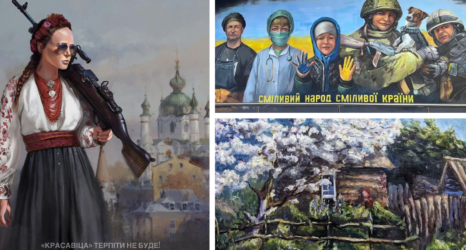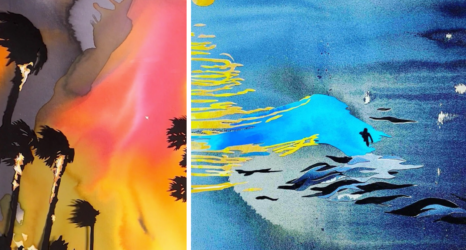I consider myself fairly liberal when it comes to some of the most controversial 21st-century debates about sex. I’m not anti-pornography or sex work, as long as they are properly regulated, include health care for workers and require explicit consent of all participants. I also think that erotically charged art can be very compelling, provided it goes beyond prurient sensationalism. So it’s pretty impressive, though not in a good way, that French artist Antoine D’Agata’s photographs of himself having sex with Cambodian sex workers piss me off so much.
D’Agata, whom Flaunt magazine calls a “provocative social documentarian,” revels in the controversial nature of his art practice. He has expressed hope that the photos–which depict him engaged in a variety of sex acts with young women in brothels–might somehow bring light to the plight of sex workers in Cambodia. He claims he’s trying to realistically portray the underbelly of society and human desire, saying:
I photograph and I live with individuals that do not have a similar power of choice. […] My relations with the prostitutes of Cambodia are based on a common addiction to methamphetamine. […] Paradoxically, the prostitutes’ compulsive pleasure, their narcotic lucidity, creates survival in a parallel economy, new zones of shadow, which undermines the foundations of the system–they prefer vice to poverty.
In fact, D’Agata so muddles the issue of choice (and pleasure!) here that it’s almost laughable. The idea that these women are addicted to meth by choice and that they “prefer vice to poverty” is ridiculous. Human rights reports coming out of Cambodia suggest that a majority of sex workers there are sold or otherwise trafficked into sexual slavery by misguided or malicious relatives, friends or intimate partners. And while there are women and men who become sex workers by choice–or as an alternative to poverty–they too are regularly mistreated and abused by customers and even the police.
By letting his desires (artistic, if not also physical) eclipse the sea of human rights violations he’s trampling through, D’Agata is taking sexual exploitation to a whole new level. On top of that, he manages to be artistically exploitative as well, by eliding issues of subject consent. Presumably he has paid these women for their time as sex workers, but has he paid them for their time as artistic subjects? Will they receive any of the accolades for this “hard-hitting” social commentary? What happens to these women after his time with them is done? Did they consent to having their photos splashed across the Internet? Where does the exchange of women as sex objects end and representation of women as art objects begin?
As for whether his photographs are compelling beyond their prurient sensationalism, they do have a certain basic aesthetic value, but other than as dubious social commentary they aren’t particularly interesting. They’re not anywhere near as beautiful as Robert Mapplethorpe’s nudes, they lack the objective quality of Brassaï’s social documentation and they don’t question or challenge notions of gender in the manner of much sexually graphic queer art.
D’Agata’s photographs are deliberately aesthetic, wistful and artfully distorted rather than gritty and dark; they resemble erotic art much more closely than documentary realism. He says,
My photographs have the innocence to believe that it is possible to hold together all the paradoxes that clatter in the margins of the modern world, to confront them without diverting the gaze. What is beautiful? It’s only a vocabulary question. I see beauty only in the immense pain and the fleeting passion of the destinies I glimpse.
I call foul on the use of the word “innocence,” and I also contend that the question of beauty is not as purely academic as he claims. Beauty depends on context. Exploitation is not beautiful. Out of context, how do we know that D’Agata’s work is social commentary rather than just exploitation? For that matter, in context, how do we know that D’Agata’s work is social commentary rather than just exploitation?
When D’Agata exploits women to make art, he can no longer be called a “social documentarian.” Instead, he is negligently contributing to, and even profiting from, the same system of sexual abuse, exploitation and poverty he’s supposedly trying to expose.
Image from cehwiedel under Creative Commons 3.0





